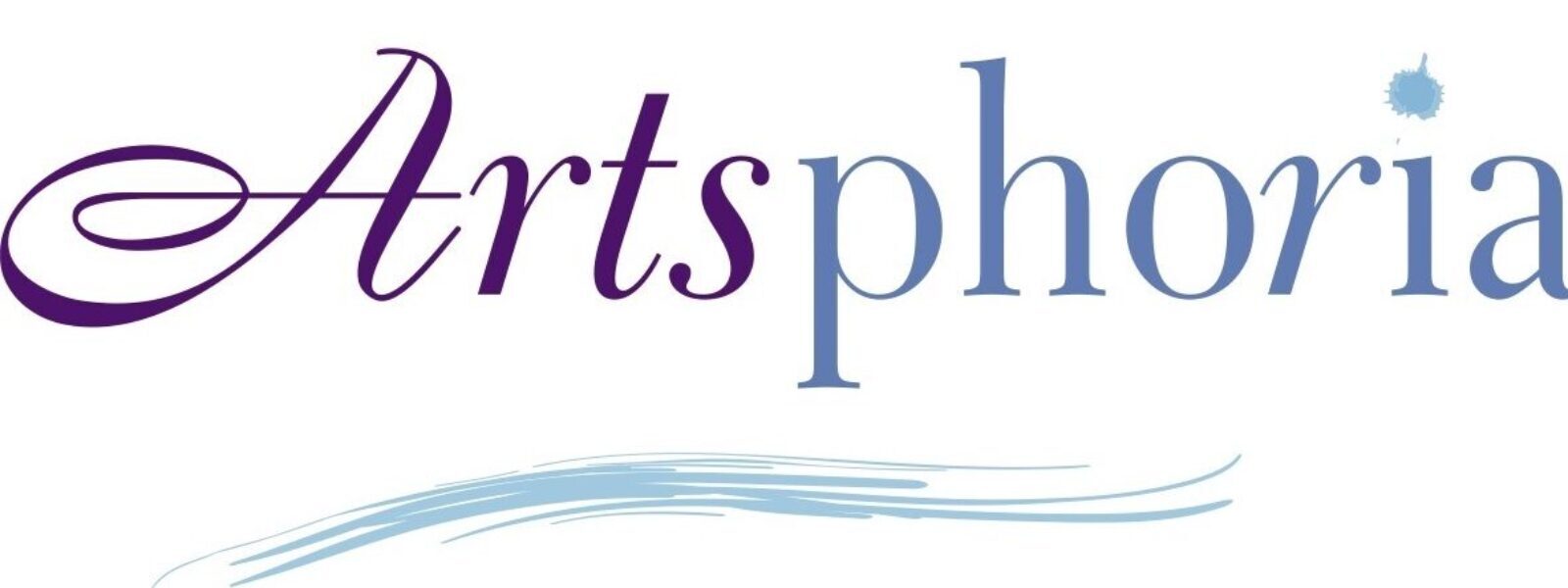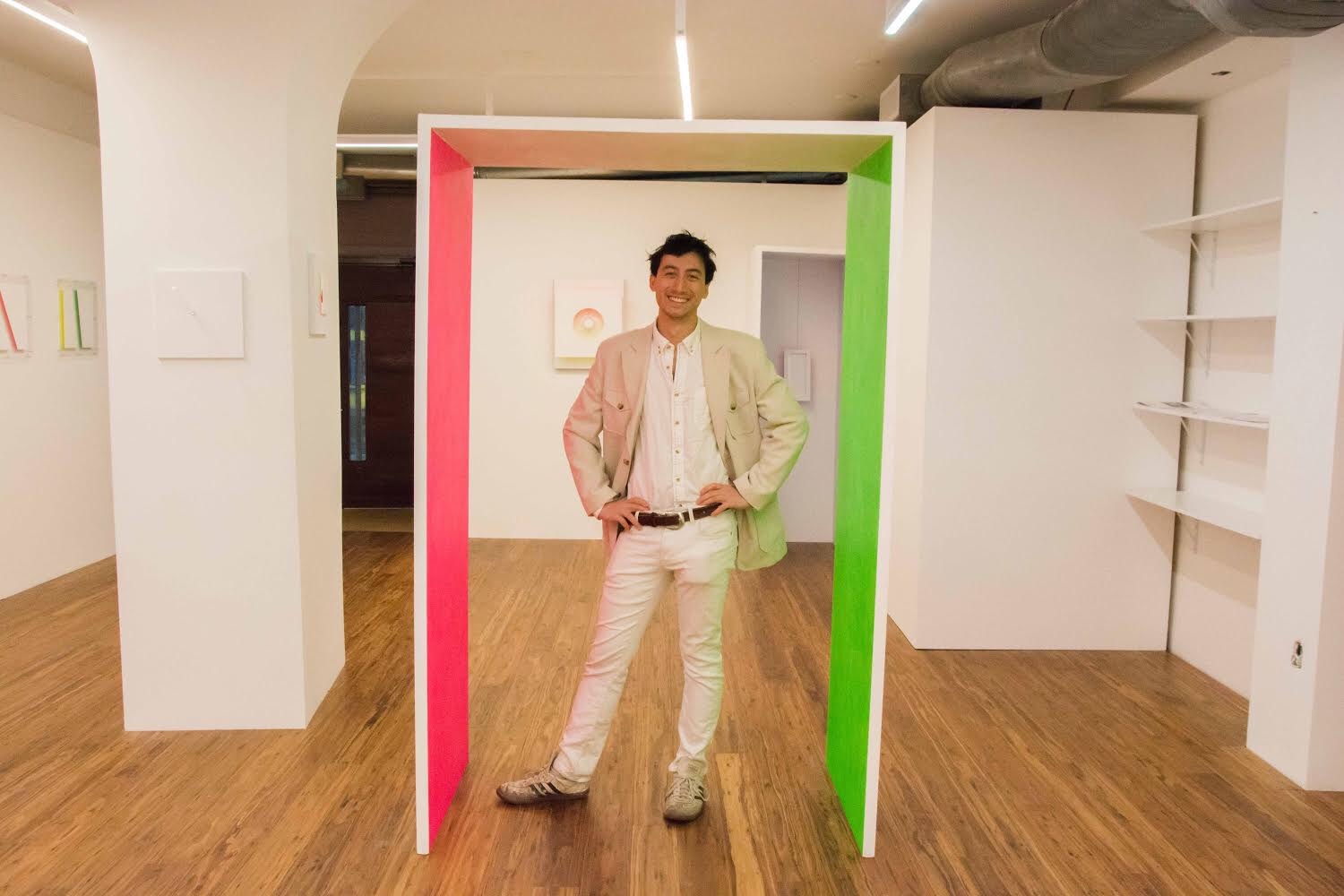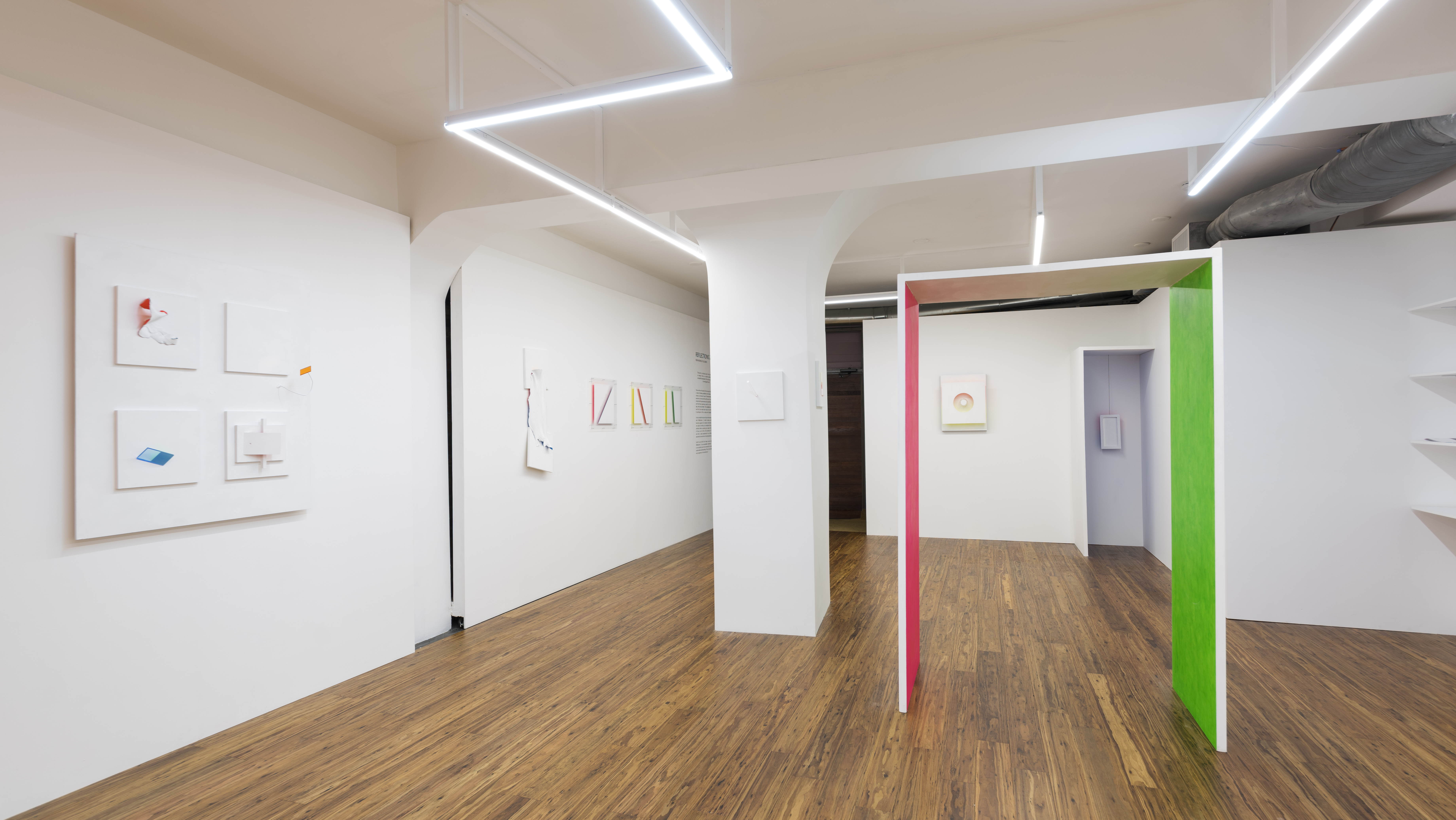
During a time when many galleries have closed, why do you think that opening a new one is important? Physical locations are paramount to the professional development of emerging artists. I am incredibly grateful that David and Pernilla Avital understand that importance and have trusted me with a space to run a program. Many galleries are moving away from brick-and-mortar locations and are using fairs or online platforms as primary outlets to engage with collectors and the public. In my opinion, art fairs and 2D screens often do not lend the same type of rich experience that an exhibition space can. I do believe that fairs and online platforms play an important roll in the landscape, but there is more room to properly articulate artists’ visions and practices in an exhibition space.
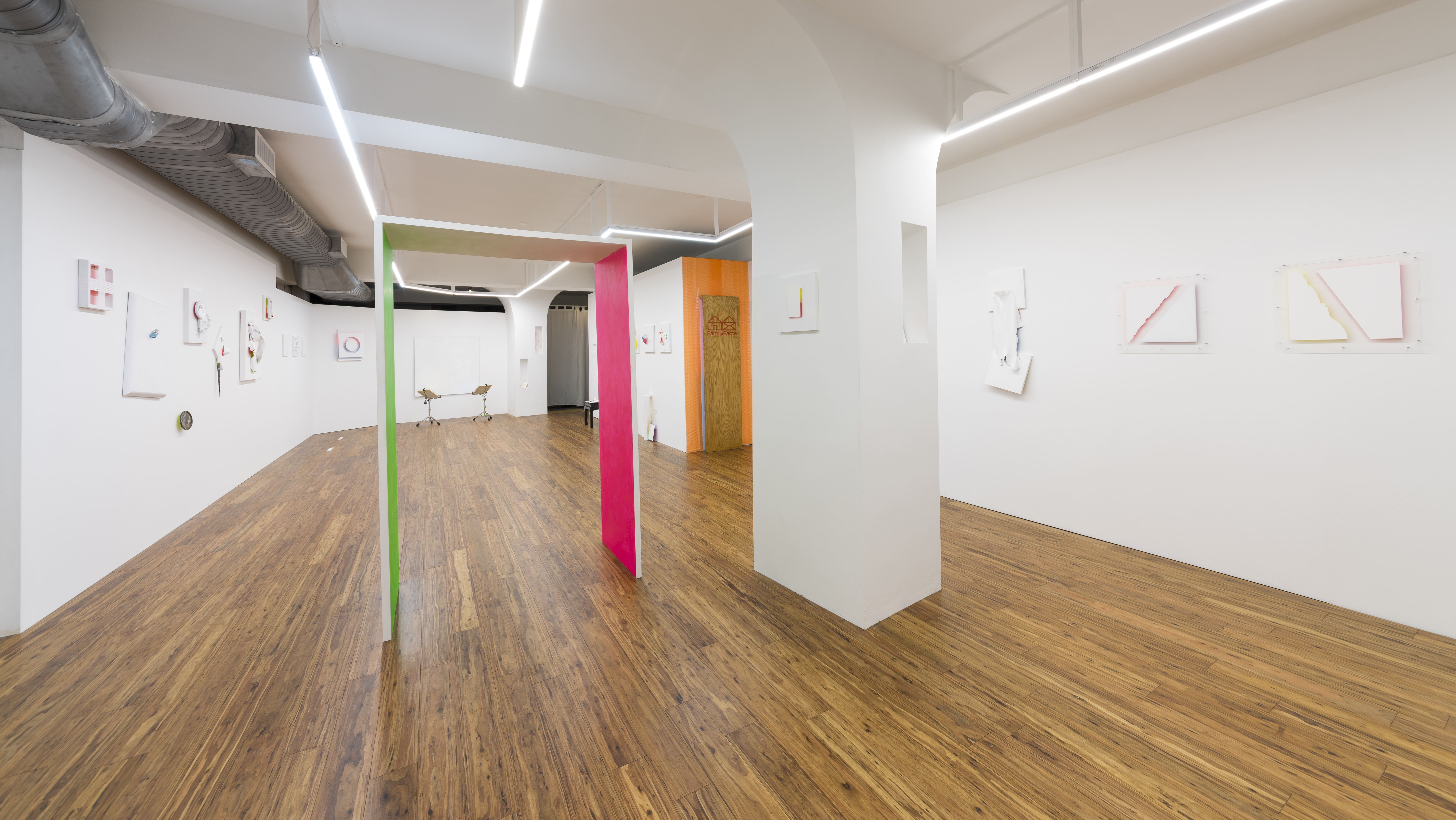
Can you elaborate on your good fortune of receiving donated space? The seed that everything grew from was a phone call I received last spring from an unknown caller. When I picked, up a woman stated, “Hi I’m Lisa Bardin. I watched the video of the guerrilla pop-up that you and your brother put together at the Whitney…. I would love to meet you when I move to New York.”
A month or two later, Lisa invited me over to her family’s new loft. We immediately clicked. I really felt that she understood what I was trying to do. She also generously offered her loft as a space for me to exhibit and showcase artists. During the next few visits, we came up with “12 Slippers,” an intimate showcasing of artworks experienced over dinner and conversation with the showing artist. The first “12 Slippers” dinner was wildly successful. It featured Bruno Smith’s work [not related] and the “A list” guests enjoyed the evening thoroughly.
At the next show that Lisa and I created, I decided to show my brother Sei Smith’s work. An incredible cast of people had been invited by Lisa! I recognized a woman that I remembered from a few months back whom I had briefly met…. I re-introduced myself to Pernilla Avital, and she immediately recognized me. A few minutes into out conversation, she asked me where my gallery was, to which I began to explain that I had not yet found a brick-and-mortar location for Ki Smith Gallery.
I elaborated on the difficulty of sustaining a location in NYC when trying to build a less commercially motivated space. I also focused on my interest in working with emerging artists that would be into creating markets and growing with artists instead of using art as a tool to make loot. Pernilla understood what I was trying to get across and soon drew her husband David into the conversation. Together, they told me that they had a space on 125th that they had plans for but was currently laying fallow. They suggested that I take a look at the space, and if I liked it, then we could test out a year-long program there. I was completely dumbfounded by the kindness and generosity because I couldn’t tell that they were being genuine.
The evening continued to feel almost fictional as the guests delved into conversations with Sei about his art.
Do you have the option to stay open beyond a year, and, if so, what do you envision going forward? I am focused on making sure that every show we program at this space is reaching its full potential. The more I work and learn, the greater the chance I will find more doors opening. A career in the arts is a long game, and I have full intentions of continuing to expand Ki Smith Gallery. At this juncture, it is too early for me to speculate on the future and what form things will take.
In what ways will you use art to raise awareness and give back to communities and nonprofits? Between each solo exhibition, Ki Smith Gallery will host a 3-day exhibition that will give 100% of profits to the cause or nonprofit that we have allied with for the exhibition. The first example of this will be March 7 to 9, when we will be raising funds for Boyd’s Station. This is a non-profit artist residency that gives living space, studio space and stipends to artists, photojournalists and writers. Beyond providing space and time for artists at Boyd’s Station, it also has a social mission of helping the entire county (Harrison County) by blustering the existing culture, helping to build an artistic and magnetic culture and driving traffic and ideas into some of the forgotten towns in the area.
One example I want to give to put the town into perspective is from when I went down there last month. I was out there seeing Boyd for the first time, and the residency was just getting Internet. To my utter shock, it was the first place in the small town to install Internet! Boyd Kentucky is a seemingly random place, but when I was out there, I couldn’t help thinking about the hundreds of similar small towns that I passed on my 12-hour dive to Kentucky. There is importance in not forgetting and letting these places in our country slowly age and decay.
We will be raising funds for Boyd’s Station through a silent auction that will feature a curated collection of 60 photographs that have been donated by award-winning photo journalists including Pulitzer Prize winners and active staff photographers from around America. During the 3-day exhibition, we will be hosting lectures and discussions with founder of Boyd’s Station, Jack Gruber among other featured photographers.
The space at 712 West 125th Street has been generously given to me, and it is important for me to keep generosity flowing.
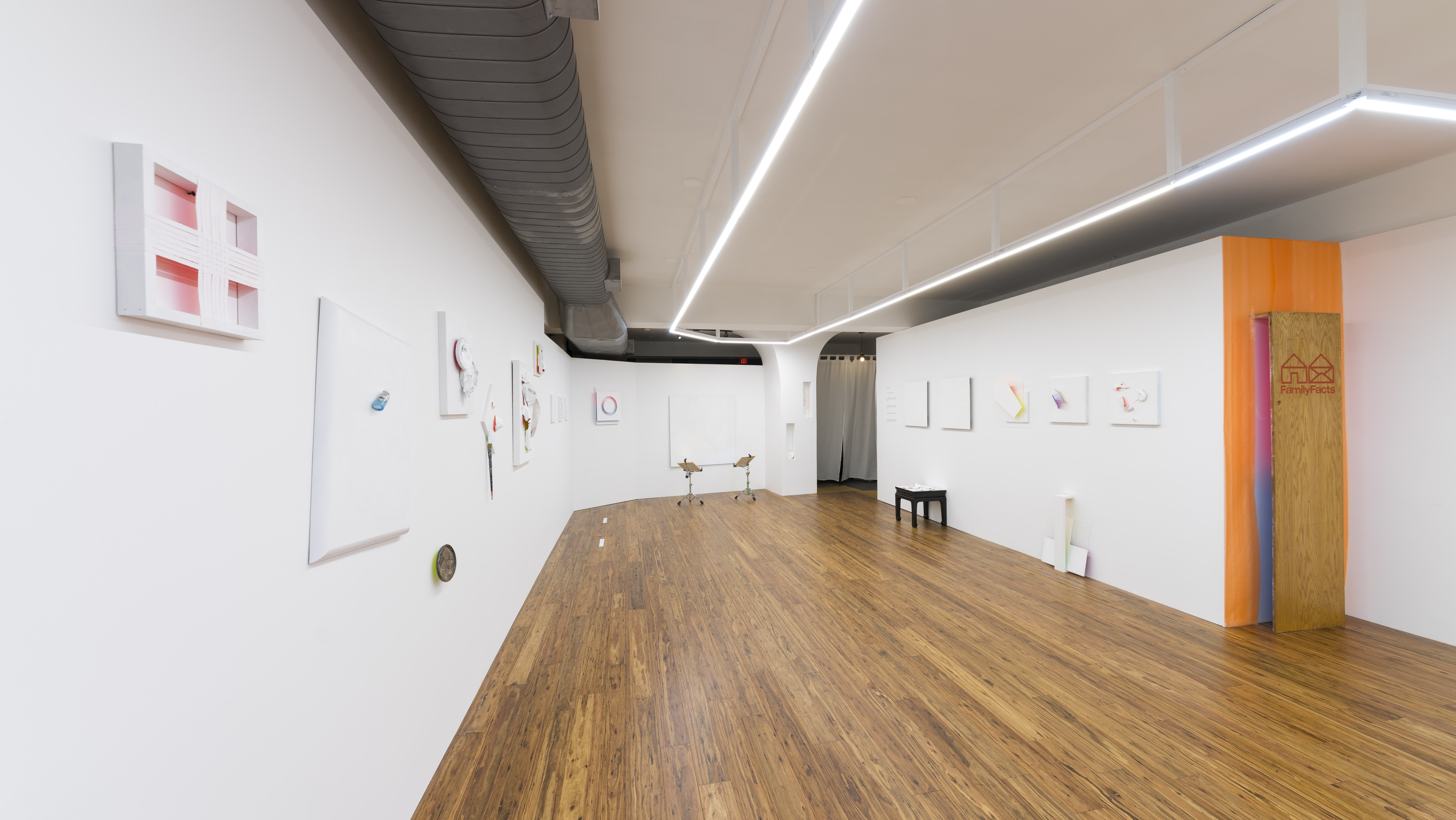
Can you describe the experience of collaborating with your brother as well as the ways that you resolve creative differences? Working with family can be delicate, but with good communication, it can also be very rewarding. I’m excited for the opportunity to be representing my brother’s work. It’s a thrill to be building together with new defined roles that I believe play into our strengths. I am building my gallery, and my brother is building his career as an artist. We know each other very well, and in this new configuration of working together, I have found things to be positive. I could not imagine a better way to open up my new space than kicking off the grand opening of Ki Smith Gallery with a show of my brother Sei’s work!
What were some of the most memorable projects you and Sei created through Apostrophe NYC pop-up shows, and why were they compelling? The Base 12 project was an incredible journey with an amazing group of talented artists. One of the things that stuck out to me as a success was the community and camaraderie it built between the artists. Going into the project, the majority of the artists did not know each other. Now, fast forward 3 years, and all of them are still hanging out/living with each other. A few even still show together. I find it incredibly interesting how art and exhibiting art can be a universal language. It can build long-lasting communities and bring together people from vast backgrounds.
What interests you about redefining conventions and experimenting with the presentation and location of art? Experimentation, in whatever form it takes, is vital to art. There are traditional ways of going about installing an exhibition, and some of them can be helpful. To me, it is most important to do my best to help the artists articulate their visions and ideas in the most concise and accurate way. If that means hanging a work 60 on center, then great! If that mean’s hanging a work crooked or curating a wall by eye, then also great! I always give my honest opinions when hanging a show. This sometimes can lead to debates and temporary stalemates, but it is part of the process sometimes. At the end of the day, I always remind myself that I am hanging work for their show, so the most important thing is that the artist is excited by the final product.
“In regard to experimenting with location, I am a big believer in the fact that with the right three elements in play, most places can be rendered into an exhibition space. All you need is art, a site and a viewer.”
During a large part of Apostrophe NYC’s history and the beginning of the Base 12 Project, we were constantly experimenting and exploring what could be done with out a conventional brick-and-mortar location. Now having Ki Smith Gallery in Harlem, I am lucky and incredibly excited to explore and navigate what can be done with a brick-and-mortar location.
Can you provide details about Handle With Care Books and what you hope to achieve through this work? Handle With Care Books is a company in partnership with Cecilia Smith [not related]. Our goal is to publish and craft limited-edition art books and work with artists to customize books in a way that allows the artist’s voice to be properly articulated. We see larger companies offer self-publishing for people to make fairly homogenous books, and I would like to see ourselves on the other end of the spectrum, primarily focusing on hyper-customizable hand-crafted books that when done correctly can sometimes even exist as their own art objects. Books are an incredible place for artists to archive and calumniate exhibitions, ideas and years of dedicated work. It is our hope to give artists a platform to do that. Right now, we have done a couple runs of different books, and the plan is to officially launch some time in the spring/summer.
The final point I would like to add to this conversation is that, when building anything, having a supportive team and network around you is what makes things possible. I am extremely grateful to have such an incredible group of friends who are extraordinarily generous with their time, connections and resources. From people like the Avitals and Bardins to individuals such as Naomi Falk who works 9 to 5 at the MoMA and still manages to find time to go on studio visits with me and write all of the gallery’s press releases, artist’s bios and wall texts. I am also extremely grateful for the artists I am working with: Ryan Bock, Bruno Smith, Caslon Bevington, Dylan Reitz, Annina Roescheisen and Sei Smith. They are what gives the gallery value and allows me to continue working and building. It’s like that saying, “it take’s a village to raise a muck tuck.”
